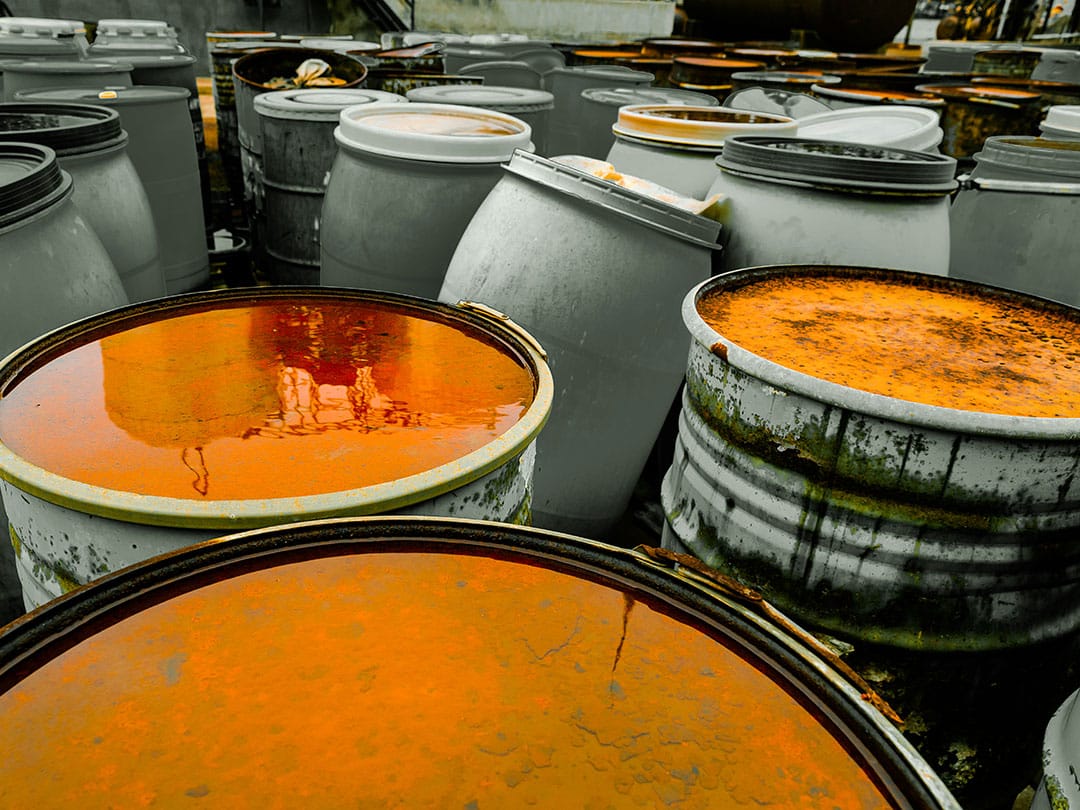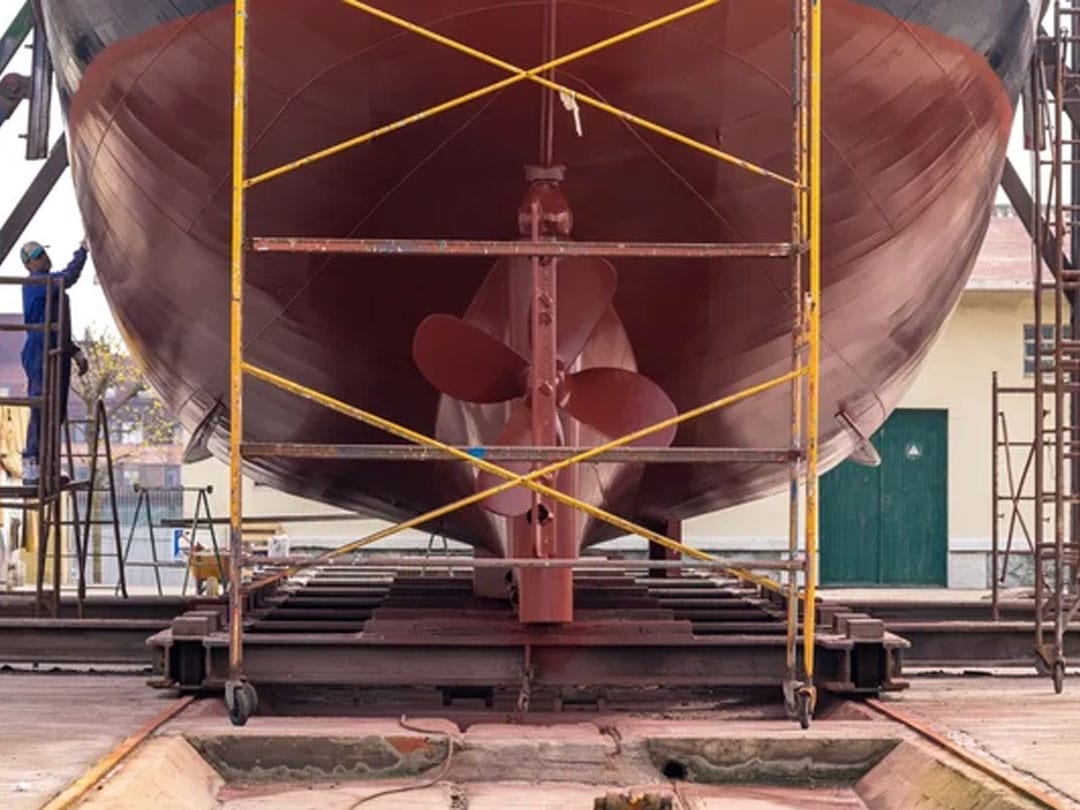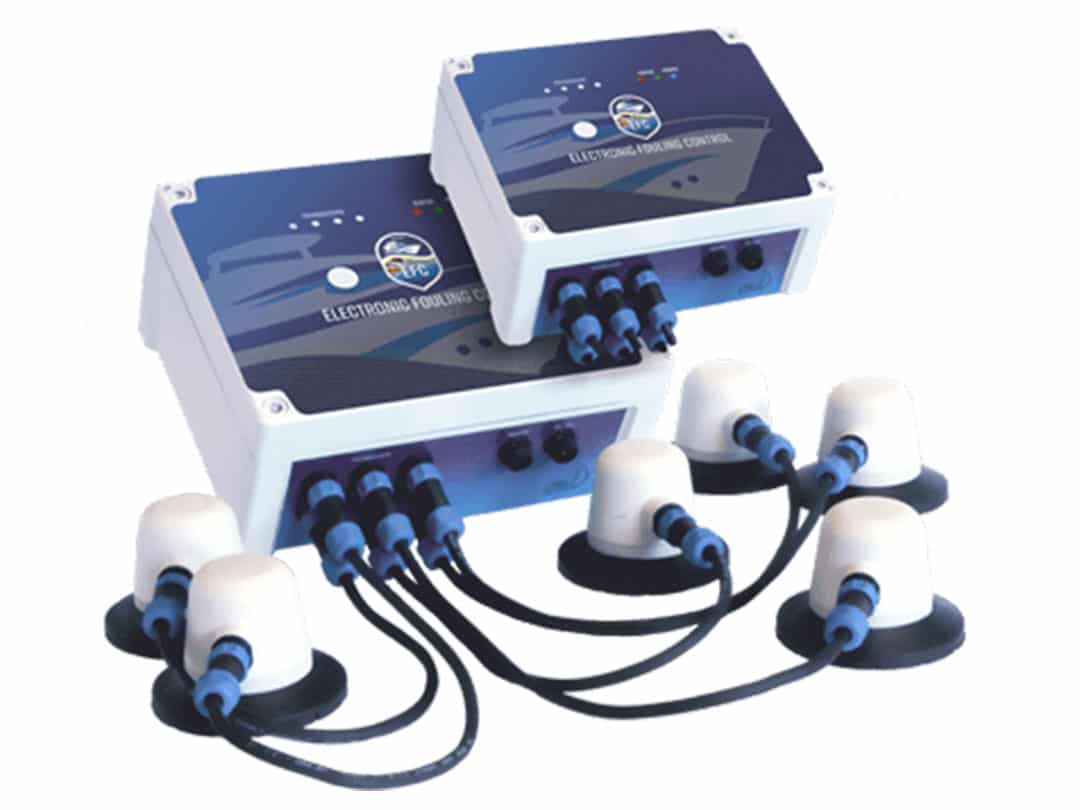What is cybutryne?
Cybutryne (CAS No. 28159-98-0) is a biocide, xenobiotic and environmental contaminant. Its role as a biocide has seen it used as an ingredient in anti fouling systems on ships, floating platforms, FSUs and FSPOs.
Why is cybutryne banned?
In 2019, it was brought to the attention of the international maritime organisation (IMO) that cybutryne (CAS No. 28159-98-0) is both acutely and chronically toxic to a variety of marine organisms with long lasting effects as a result of the use of cybutryne (CAS No. 28159-98-0) in anti fouling paints.
In fact, some scientists believe cybutryne (CAS No. 28159-98-0) to be even more toxic than tributyltin (TBT) which was the first antifouling substance to be banned back in 2001 and which cybutryne (CAS No. 28159-98-0) was developed to replace.
Cybutryne (CAS No. 28159-98-0) has been used as the active biocide ingredient in anti fouling paints on ship hulls or external parts or surfaces. Such anti fouling paint leaches the cybutryne (CAS No. 28159-98-0) biocide into the water where it accumulates in sediments and impacts marine life.
When does the cybutryne antifouling ban come into force?
The ban on anti fouling systems containing cybutryne (CAS No. 28159-98-0) comes into force from 1 January 2023.
The International AFS certificate will change as of 1 January 2023 to include extra cybutryne (CAS No. 28159-98-0) tick boxes for the compliance options on controlled anti-fouling systems so you need to act before then if using a cybutryne (CAS No. 28159-98-0) anti fouling system.
What must you do as a boat owner if your boat antifouling contains cybutryne?
From 1 January 2023 application or reapplication of antifouling containing cybutryne (CAS No. 28159-98-0) to any ships is prohibited.
However, what to do if your vessel already uses anti fouling systems containing cybutryne (CAS No. 28159-98-0) has been decided based on two key pieces of research:
- Research from an anti fouling renewal survey in Japan has shown that by the time of scheduled renewal of antifouling systems containing harmful cybutryne (CAS No. 28159-98-0), there was only very small amounts of the biocide present. From this, it has been deemed of no environmental benefit to remove the non-compliant coatings once they have reached the end of their service life (usually five years).
- There is other evidence from the International Paint and Printing Ink Council (IPPIC) which found that applying fresh biocide coating over the top of a non-compliant anti fouling system can prevent the substance leaching into the environment by sealing in the cybutryne (CAS No. 28159-98-0).
Therefore all ships using an anti fouling system that contains cybutryne (CAS No. 28159-98-0) in the external coating layer of their hulls or on any external parts must remove the antifouling system or apply a different coating that forms a barrier to prevent this substance leaching from the harmful anti fouling systems below by 1 January 2023.
Which vessels does this apply to?
This amendment to the International antifouling system (AFS) certificate banning the use of cybutryne based antifouling systems applies to:
- All ships except existing fixed and floating platforms
- Floating storage units, and floating production storage and offloading facilities that have been constructed and not been in dry-dock on or after 1 January 2023
- Ships not engaged in international voyages
- Ships of less than 400 gross tonnage engaged in international voyages, if accepted by the coastal State(s)
An ultrasonic alternative to harmful anti fouling systems
Here at EFC our ultrasonic anti fouling system doesn’t use any nasty chemicals or require an external coating layer. Instead, our ultrasonic anti fouling system uses transducers attached to the boat hull without any through-hull drilling, which emit ultra high frequency waves. These waves create micro currents which act as a shield around the boat hull and prevent bio fouling from attaching.
What’s more is that these ultrasonic emitting transducers can also be attached to stern gear, sea chests and cooling systems on larger leisure and commercial craft, as well as fixed offshore installations where fouling is an issue. This provides a huge opportunity for reduced chemical usage across multiple applications with no adverse effects on marine life or on humans.
If you are looking for an alternative to a cybutryne-based antifouling system then why not contact our team to discuss your options when it comes to ultrasonic antifouling and for a no-obligation quote.




